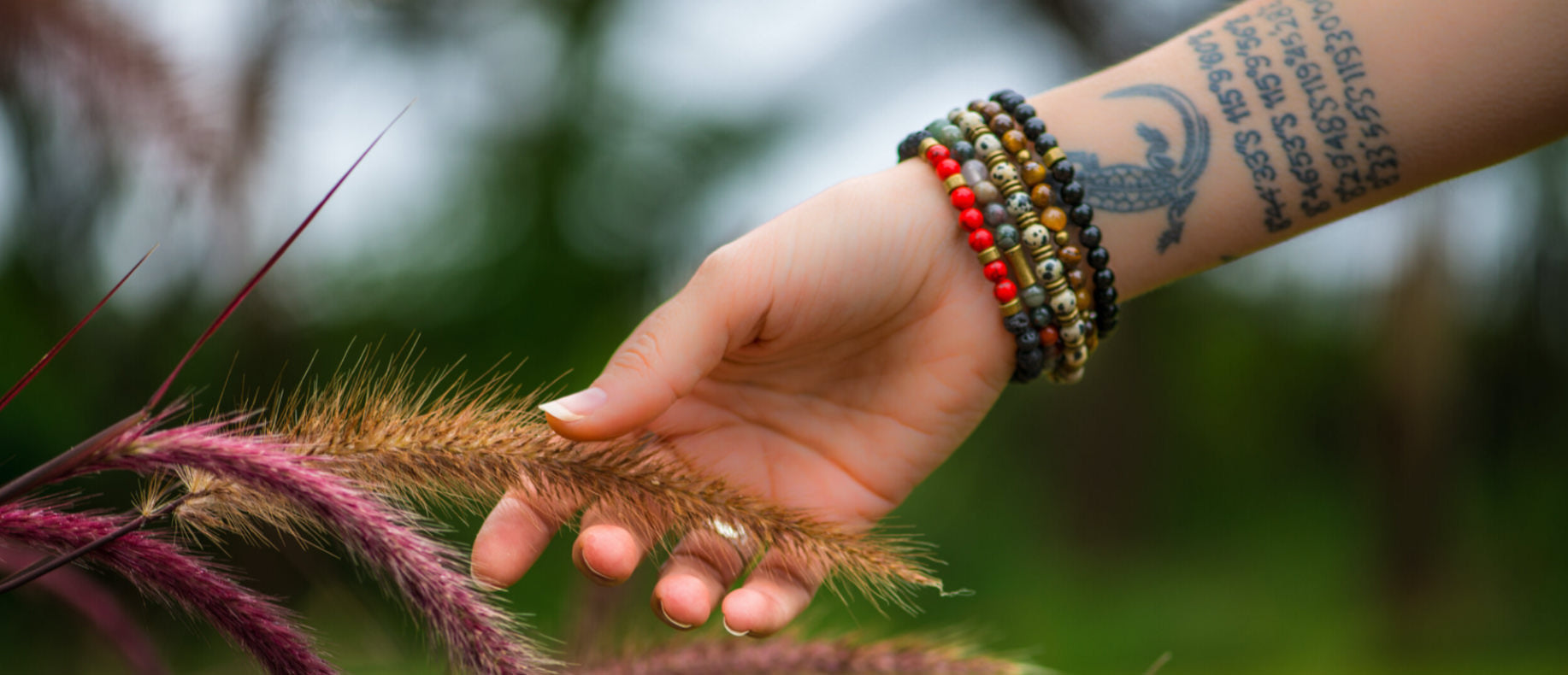
HOW TO START LIVING A MORE ECO-CONSCIOUS LIFE RIGHT NOW - PART 3
Posted on
In this third instalment of our eco-lifestyle blog series, we’re shedding some light on what it means to manage disposable waste in our lives.
“REDUCING our consumption and REUSING items that have a long lifespan are two ways to pioneer a lower impact way of living. RECYCLING gives us the chance to process the waste materials we do accumulate. ”
When we purchase just about anything in the store – from breakfast cereals to home appliances – it comes in the manufacturer’s packaging that is most often made of hard plastic or cardboard. Inevitably, even the most conscious consumer accumulates materials like these as we participate in day-to-day living. Refusing straws and plastic bags is easy, opting to buy whole fruits and vegetables is best, but what do we do when plastic bottles, tins, and glass find their way into our lives?.
RECYCLE!
Most cities around the world have effective waste management systems in place and it is our responsibility to make use of these services and dispose of recyclable materials properly. The chances are, your neighbourhood has a recycling depot and maybe even a collection service, so recycling at home should be a piece of cake.
Some food containers might need rinsing and boxes may need flattening, but when recycling is this accessible, we really don’t have an excuse not to join in! In fact, some eco-conscious countries (hey Switzerland, France, Finland!) penalise residents for NOT recycling.
So, who are we to opt out?
Guidelines for recycling at home:
-
Download a guide on recycling symbols so that you know what is and is not recyclable
-
Check packaging for a recycling symbol and dispose of item accordingly
-
Separate your glass, plastic, metal, and cardboard
-
Wash food waste off items before disposing in recycling bin (use water sparingly)
-
Keep batteries and other expired electronics – you can recycle these too!
-
Remove caps from glass bottles and lids from jars
-
DON’T attempt to recycle broken glass, mirrors, light-bulbs, organic and medical waste, soiled cardboard, Styrofoam
-
Create a compost heap for your organic food waste (your garden will thank you)
Recycling and upcycling!
You can recycle certain items without throwing them away, and if you are an especially creative earth warrior, you might even try upcycling. If you’re less creative, you could always opt to buy recycled or upcycled items instead.
The key difference between the two is that recycled products have undergone a process that breaks down the original item (like a plastic bottle) and uses that recycled material to build something else entirely. Upcycling uses the original product as something else. Using plastic bottles as hanging plant pots, home storage containers, or eco-bricks is an example of very simple upcycling that gives this deadly disposable a new life and replaces the need for something else.
So, we find ourselves armed – actually – with a whole arsenal of pollution-fighting ideas, whether we reduce, reuse, or recycle. Making a conscious effort can have the biggest impact on our own lives and most importantly, on the environment. We are all about scaling down, using natural resources sparingly and sustainably, and making our footprint that much smaller.
“Start by changing the way you think, the way you buy, and the way you dispose, and you are already a kinder citizen of Planet Only. We love you for it. ”

Written by Chloe Cooper
Don’t miss out on future posts so be sure to sign up for our Wild Tribe (scroll below to sign up).
New products and discounts first!
RETAIL & STUDIO
The Farm House, R527
Hoedspruit LP South Africa
Whatsapp: +27 79 225 4988
contact@wildinafrica.store
. . . . . . . . .
HEAD OFFICE
65/2 Arbor Ave, Robina
QLD 4226 Australia
